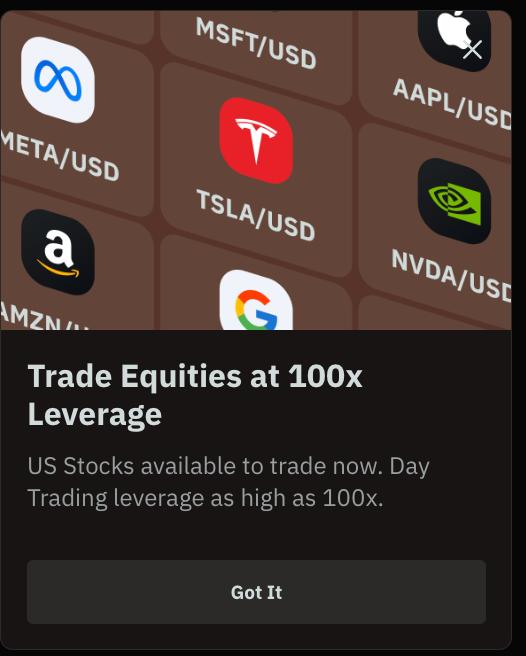Knowing When and How to Exit a Forex Trade
Initiating a trade using an online forex broker does not require more than placing an order once the trader has opened a live forex account. Of course, the trader will most often have done their research before taking action.
Nevertheless, getting in on a position does not mean the position will show a profit. Knowing when and how to exit a trade makes up one of the most important factors in forex trading online, which remains true whether the trade is profitable or unprofitable.

Exiting a Profitable Trade
Many successful forex traders trading through foreign exchange brokers generally have a predetermined price level where they intend to exit their trade once the trade has been initiated. These levels have generally been determined before initiating the original trade, using technical analysis to determine the price level in most cases.
The trader will often determine the levels of resistance and support on a price chart before initiating any trade, and will generally use the same levels to enter stop-loss orders to minimize the risk taken on the trade.
Having pre determined levels for entering and exiting trades make up the most important part of a trader’s trading plan. Trading with a trading plan makes up one of the main characteristics shared by most successful forex traders.
Most successful forex traders will have a set profit goal and risk reward evaluation incorporated into their trading plans. This gives the trader a good idea of where to place orders to take profits.
Nevertheless, many traders will cancel their orders to take profits in the interest of letting their profits run. While this may seem reasonable from the point of view of profitability, this often constitutes a trading mistake, simply because the market generally retraces after a move.
Setting Stop-Loss Orders
Most forex trading brokers will allow the trader to place stop loss orders to limit risk on open positions. A forex trader will typically place a stop loss order immediately after initiating a trade. This is done in the event the market heads in the opposite direction, causing the trade to lose money. The stop loss order will liquidate the trade and lock in the amount of the loss if the market goes against the trade.
Stop loss orders can also be trailed. If the market has gone in the direction of the trade making it profitable, the trader can then move the level of their stop loss order closer to the market to protect the profit already made on the trade
The stop loss order is then said to “trail” the market as it moves incrementally while the market continues to move in the direction of the trader’s open position. The trailed stop order is eventually executed when the market reverses and begins trading in the contrary direction, thereby locking in the trader’s profit.
Using Technical Analysis to Determine Stop and Take Profit Levels
Analyzing the price charts of currency pairs has been the traditional method used by many professional forex traders to determine exit and stop loss levels. These levels generally show up on the charts as levels of support — where prices stabilize after a decline—and resistance, where supply surpasses demand after a rise.
Technical analysts will generally place their stop loss and take profit orders below levels of support when taking a long position, and above resistance levels when taking a short position. Nevertheless, many technicians typically use a myriad of other indicators for confirmation such as moving average crossovers and major level penetrations.
Although exiting trades makes up half of any forex trading strategy, making risk management a principal ingredient in a trading plan can keep a forex trader in business. Failing to assess and implement risk management measures can be disastrous to a new trader.
For more exclusive content, follow us on Twitter or join us on Facebook.



























Comments (0 comment(s))